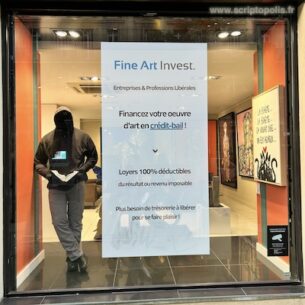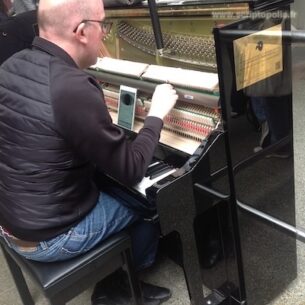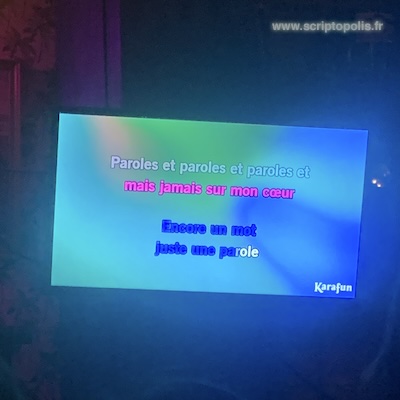Affordances
Gibson’s environmental psychology showed that when we perceive something, we don’t primarily perceive its qualities (colour, shape, surface, substance, etc.), but its affordances. The neologism refers to the potential for action: what living beings perceive of the object in the environment in which they evolve and which is shaped by the interactions between the organism and the environment. For example, the sight of the screen displaying the lyrics of a famous song, whose music is being played in the bar, invites the night owls to sing along. In other words, a perception is not a mental state, but always the perception of a social meaning, likely to evolve. And the design professions all aim to regulate the affordances of our living environments.
After decades of criticism of the shaping of the binarity of social roles, which nevertheless focused on the choice of colours for children’s clothes and toys, designers, who may share the foundations of this feminist critique, are still developing technical objects according to semiotic codes thought to be universal (feminine in pink, masculine in blue), anticipating the action (singing alternately) in a certain environment (in this case, a karaoke evening). Fortunately, with the affordances of events, something always escapes the designers: in this cacophonous space, the tipsy and soon deafened female fans were singing along in both voices.







